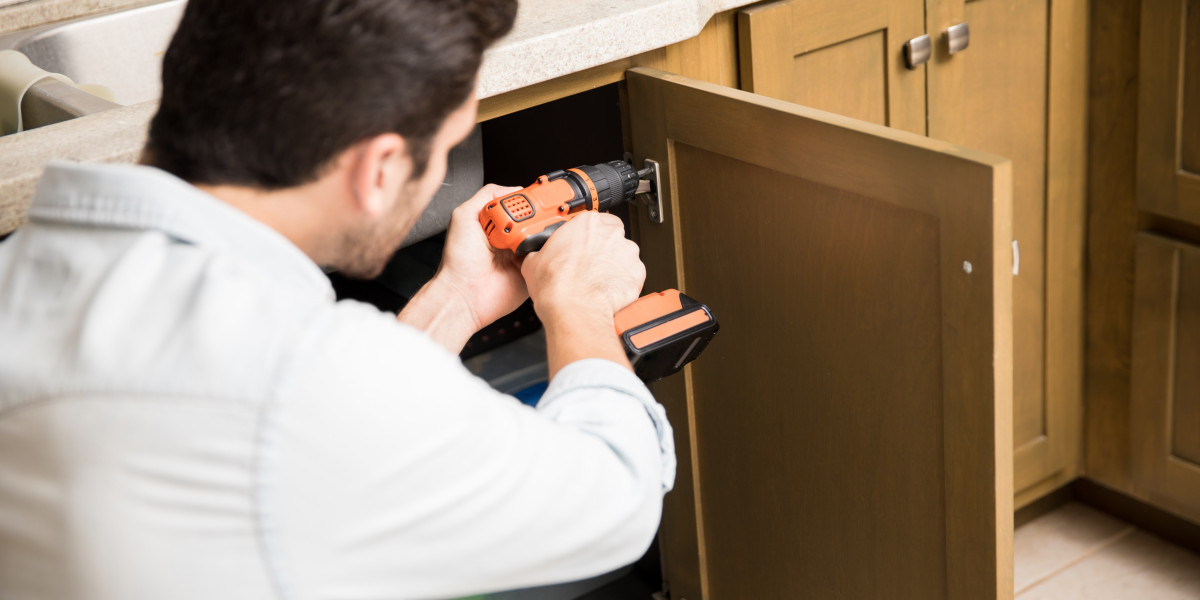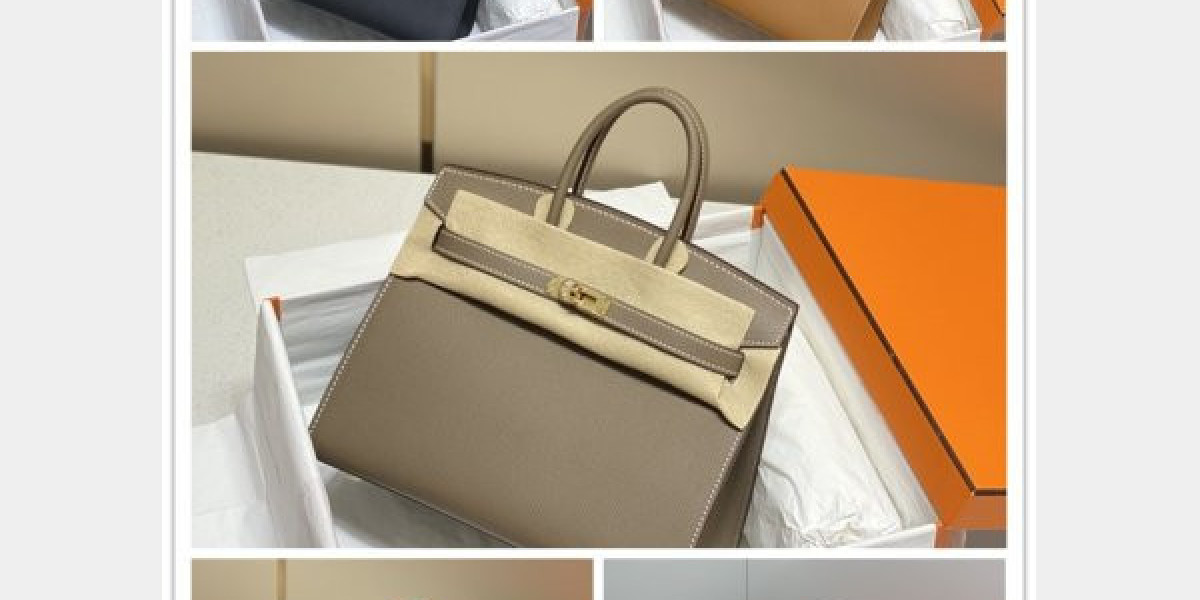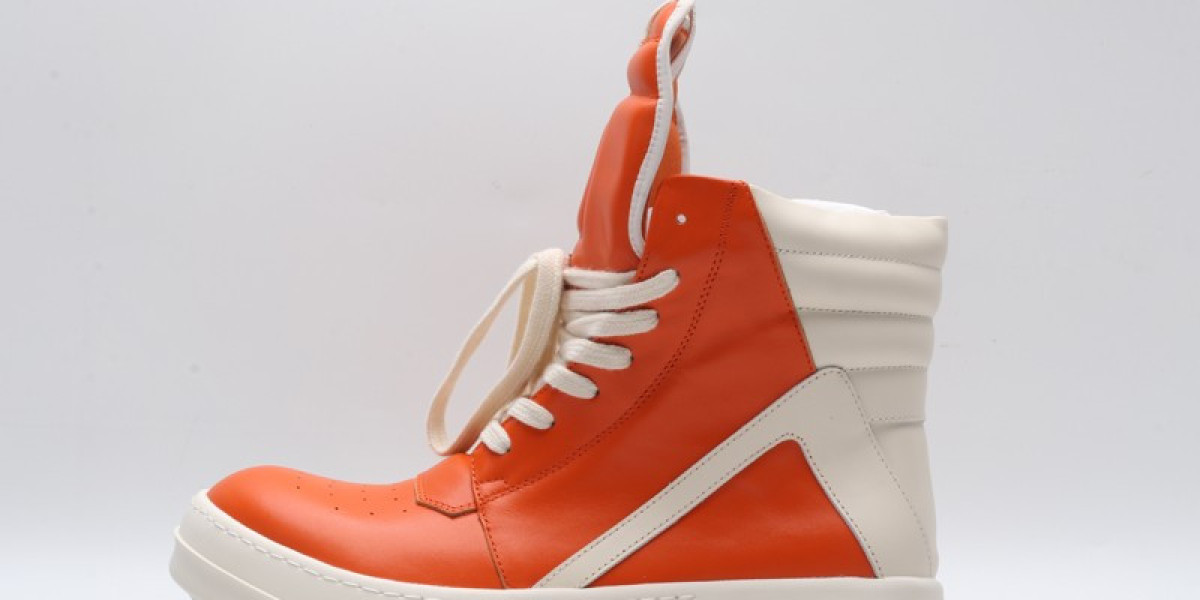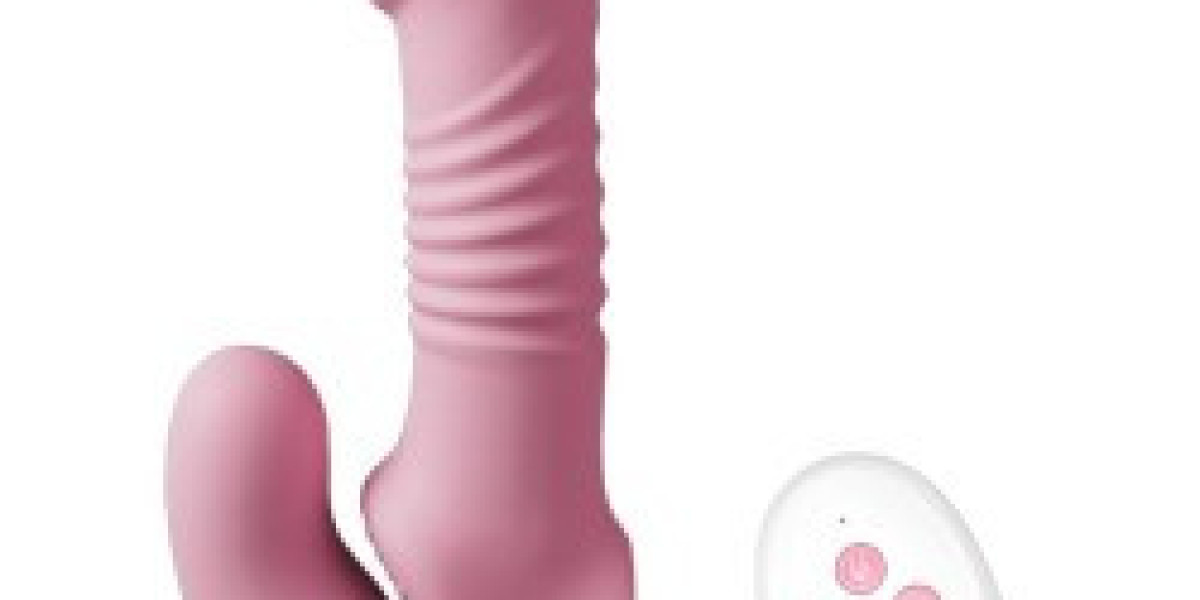When it comes to modern bathroom design, functionality meets aesthetics — and shower wall cabinetry plays a key role. Whether you’re looking to optimize a small bathroom or upgrade a luxurious master bath, the right shower wall cabinets offer smart storage while standing up to moisture, heat, and daily use.
In this complete guide, you’ll discover what shower wall cabinetry is, the best materials available, their lifespan, and how to choose the right type for your needs.
What Is Shower Wall Cabinetry?
Shower wall cabinetry refers to built-in or wall-mounted storage units located inside or near the shower area. These cabinets are designed to:
Hold toiletries like shampoos, razors, and body wash
Keep towels and cleaning supplies organized
Withstand high humidity and occasional water splashes
Unlike standard cabinets, shower wall units must be moisture-resistant, easy to clean, and made of durable materials that won’t warp, mold, or peel.
They are often installed as:
Recessed niches within the tile
Floating shelves
Wall-mounted waterproof cabinets
Vertical storage towers or linen closets beside the shower
Types of Shower Wall Cabinetry by Design
Depending on your bathroom layout, available space, and storage needs, here are the most popular design types of shower wall cabinetry:
1. Recessed Wall Niches
Built directly into the shower wall between studs
Ideal for storing shampoo, soap, and small accessories
Often tiled to match the shower for a seamless look
Saves space in compact bathrooms
2. Wall-Mounted Waterproof Cabinets
Installed outside or near the shower area
Offer closed-door storage with mirror or sleek panel fronts
Available in PVC, WPC, or acrylic materials
Great for storing towels, hairdryers, and toiletries
3. Floating Shelves
Simple, minimalistic solution
Mounted with waterproof brackets or anchors
Materials include glass, treated wood, or acrylic
Stylish and easy to clean
4. Vertical Storage Towers (Towel Cabinets)
Tall, narrow units placed near shower entrances
Great for organizing rolled towels, linens, or body care items
Often designed with open shelves and a waterproof finish
5. Custom Built-In Cabinets
Made to fit awkward spaces or modern luxury layouts
Can include soft-close doors, LED lighting, or hidden compartments
High-end options using waterproof engineered materials
Types of Materials Used in Shower Wall Cabinetry
Choosing the right material is crucial for long-term durability in wet areas. Below are the most reliable materials used in shower wall cabinetry:
Material | Water Resistance | Features |
PVC (Polyvinyl Chloride) | Waterproof | Lightweight, durable, mold-resistant |
Acrylic | Waterproof | Glossy surface, easy to clean, scratch-resistant |
Marine-Grade Plywood | High | Strong, can be painted or laminated |
WPC (Wood-Plastic Composite) | Very Good | Combines wood texture with plastic's water resistance |
Stainless Steel | Waterproof | Rust-proof, hygienic, long lifespan |
Sealed MDF (Medium Density Fiberboard) | Moderate | Smooth finish, budget-friendly, must be sealed properly |
Best Materials for Long-Lasting Shower Wall Cabinets
Let’s break down the top choices depending on your budget, design style, and durability needs.
? Best Overall: PVC and Acrylic
Both are completely waterproof and extremely low maintenance
Great for modern bathrooms or minimalist designs
Easy to clean, mold-resistant, and affordable
Best for Custom Finishes: Marine-Grade Plywood & WPC
Durable and customizable
WPC mimics real wood while resisting moisture
Marine plywood is a good middle ground between MDF and solid wood
Avoid in Shower Zones: Standard MDF or Particleboard
Unless fully sealed or laminated, these materials are prone to swelling and damage
Better suited for vanities or areas away from direct water exposure
Lifespan of Shower Wall Cabinetry by Material
Here’s a guide to how long each material typically lasts in a wet environment, assuming proper installation and care:
Material | Expected Lifespan | Notes |
PVC | 15–25 years | 100% waterproof, mold-resistant |
Acrylic | 20–30 years | Scratch- and stain-resistant |
Marine Plywood | 15–25 years | Needs sealing/lamination |
Stainless Steel | 25–40 years | Durable and hygienic |
WPC | 15–20 years | Wood-like feel, waterproof |
Sealed MDF | 5–10 years | Only suitable for semi-wet areas |
Pro Tip: Proper sealing, wall insulation, and ventilation can extend your cabinetry’s life significantly.
Tips for Choosing the Right Cabinet for Your Shower Area
When choosing cabinetry for your shower or wet area, consider these practical tips:
1. Evaluate Space Constraints
Recessed niches or floating shelves are ideal for smaller bathrooms
Wall-mounted cabinets work best in larger layouts
2. Prioritize Moisture Resistance
Choose materials like PVC, acrylic, or WPC
Avoid untreated wood or standard MDF in humid environments
3. Match Cabinet Style to Your Bathroom Design
Use tile-matching materials for seamless niches
Go for stainless steel or matte black finishes in modern wet rooms
Use soft-close hardware for a premium feel
4. Functionality Matters
Include adjustable shelves, open cubbies, or mirror doors
Consider LED lighting for enhanced visibility in built-in niches
Conclusion
Shower wall cabinetry is more than just a storage solution — it’s a critical part of your bathroom’s design, durability, and convenience. From sleek floating shelves to built-in recessed niches, the right cabinet adds value and function to your shower space. For long-term durability, materials like PVC, acrylic, and stainless steel stand out for their water resistance and low maintenance. Options like WPC and marine-grade plywood offer a good balance of strength and design flexibility. Always avoid materials like untreated MDF or particleboard in high-moisture zones. At American Marble and Granite, we help homeowners choose the most reliable and stylish materials tailored to their bathroom needs. Before you start your project, we recommend exploring sample materials, working with a contractor, or consulting our specialists to make the right decision for your space. When designed thoughtfully and installed correctly, your shower cabinetry can last for decades.
.
FAQS
(Shower Wall Cabinetry: Best Materials, Types, Lifespan, and Design Guide)
1. What is shower wall cabinetry?
Shower wall cabinetry refers to storage units installed within or around shower areas, designed to hold toiletries, towels, and bathroom essentials while resisting moisture and water exposure.
2. What materials are best for shower wall cabinets?
The best materials include PVC, acrylic, stainless steel, WPC (wood-plastic composite), and marine-grade plywood due to their durability and water resistance.
3. How long does shower wall cabinetry typically last?
Depending on the material, lifespan ranges from 5 to 40 years. Stainless steel can last 25–40 years, while sealed MDF may only last 5–10 years in moist environments.
4. Can I install regular cabinets inside the shower area?
No, standard cabinets made from untreated wood or particleboard are not suitable for wet zones. Use waterproof or water-resistant materials only.
5. Are recessed shower niches considered cabinetry?
Yes, recessed niches are a type of built-in shower wall cabinetry. They’re space-saving, tiled for moisture protection, and ideal for holding shower essentials.
FAQs
“Best Materials for Shower Cabinetry”
1. Is PVC better than MDF for shower cabinets?
Yes. PVC is completely waterproof, while MDF is only water-resistant if sealed. PVC lasts longer and is maintenance-free in high-moisture zones.
2. Can WPC cabinets handle constant water exposure?
Yes. WPC (Wood-Plastic Composite) is designed to handle wet conditions. It resists swelling, mold, and warping better than wood-based alternatives.
3. Do acrylic shower cabinets scratch easily?
Acrylic is resistant to stains and moisture but may scratch if cleaned with abrasive materials. Use non-scratch cloths to maintain its glossy surface.
4. Is marine-grade plywood safe for use in shower zones?
Yes, if sealed or laminated, marine plywood works well in humid bathrooms. It’s strong and less prone to warping than regular plywood.







